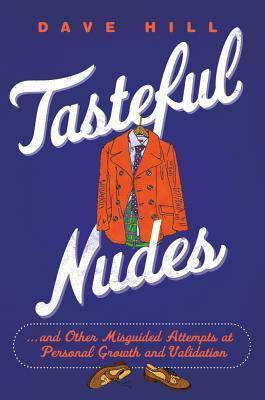
This Is How: Proven Aid in Overcoming Shyness, Molestation, Fatness, Spinsterhood, Grief, Disease, Lushery, Decrepitude & More. For Young and Old Alike.
Book Description
Shyness, grief, and shame—weights that can anchor anyone down in darkness. But what if there’s a way out? In "This Is How," Augusten Burroughs masterfully unravels the tangled threads of life’s heaviest burdens, offering a guiding light for those lost in despair. With wit and raw honesty, he explores the battles of the human spirit against molestation, loneliness, and disease, weaving together truths that resonate across generations. Each chapter pulses with vulnerability and resilience, inspiring a powerful transformation. Are you ready to confront your deepest fears and emerge stronger than ever?
Quick Book Summary
"This Is How" by Augusten Burroughs is a brutally honest self-help memoir that refutes the sugarcoated platitudes often found in advice books. Through a series of candid essays, Burroughs addresses overcoming deep-seated issues such as shyness, abuse, addiction, and grief with his trademark wit and empathy. Rather than promising quick fixes, he offers raw and pragmatic guidance for readers to confront their pain and radically accept their truths. Burroughs draws upon his own tumultuous experiences, urging readers to face discomfort and understand that real change requires persistence and self-forgiveness. Ultimately, the book provides hope and companionship in the darkness, showing that resilience is possible and meaningful change begins with authenticity and courage.
Summary of Key Ideas
Table of Contents
Radical Self-Acceptance and Honesty
Burroughs begins by demolishing the comforting clichés that pervade self-help literature, arguing that slogans like “everything happens for a reason” often invalidate real suffering. Instead, he advocates for facing difficult truths head-on. By sharing his personal adversities, he normalizes pain and demonstrates that there is no shame in being flawed. The book sets the tone for radical honesty and self-acceptance, emphasizing that authenticity is foundational to healing.
Overcoming Trauma Through Action
The author then delves into the importance of action over mere reflection, particularly when recovering from trauma such as molestation or battling addictive behaviors. He rejects victimhood narratives, encouraging readers to own their agency, however limited it may seem. By narrating his journey through addiction, eating disorders, and loneliness, Burroughs illustrates the slow and often unglamorous process of self-rescue, insisting that real progress is built upon incremental, persistent effort.
The Fallacies of Popular Advice
Burroughs critiques the notion that positive thinking or relentless optimism can cure deep pain. He exposes the limitations of common, well-meaning but hollow advice, such as “just love yourself” or “be strong.” Instead, he suggests that meaningful change comes from confronting the core of one’s anguish and choosing courageous honesty over denial. He asserts that clarity, rather than false hope, is the beginning of any true transformation.
Reframing Failure and Persistence
He highlights the value of reframing repeated failures and enduring setbacks. Rather than viewing mistakes as proof of inadequacy, Burroughs urges readers to see them as essential steps toward growth. He discusses how to persist even when it feels pointless, and how to rebuild after losses both big and small. This philosophy is exemplified in stories from his own life, where resilience is less about bravado and more about steady, humble perseverance.
Finding Humor and Humanity in Struggle
Throughout the book, Burroughs maintains a thread of irreverent humor, using wit to illuminate the absurdities and surprises of existence. His ability to laugh at hardship without diminishing it provides not only levity but also reassurance. Ultimately, Burroughs’ message is one of compassion and connection. By sharing his vulnerabilities, he demonstrates that readers are not alone in their struggles. "This Is How" becomes a companion for those seeking tangible hope in their darkest moments.
Download This Summary
Get a free PDF of this summary instantly — no email required.





